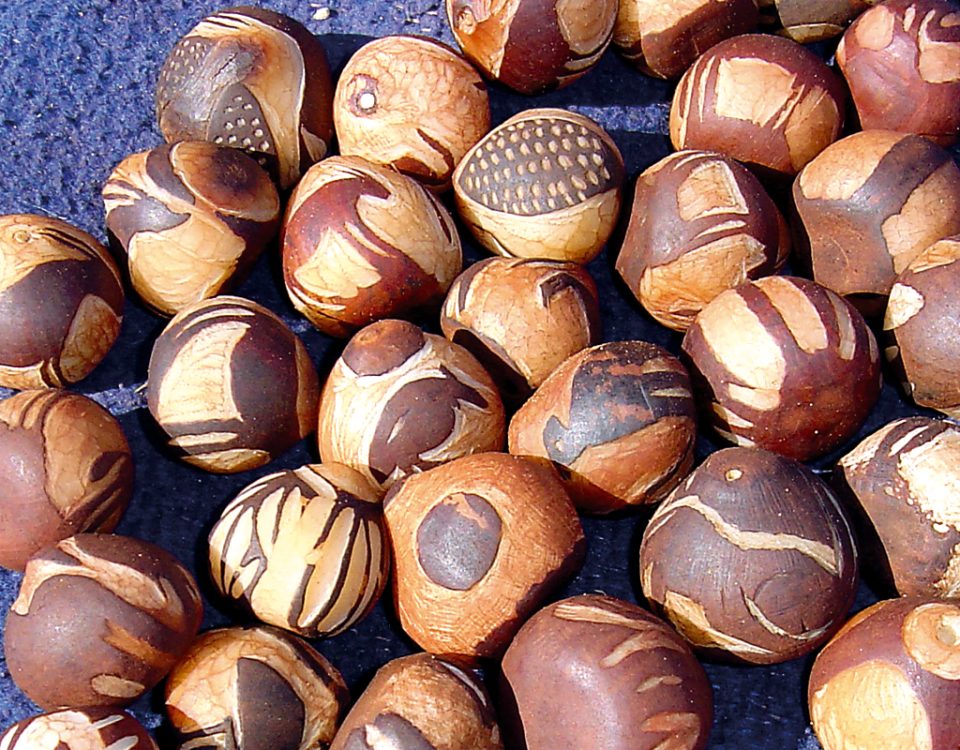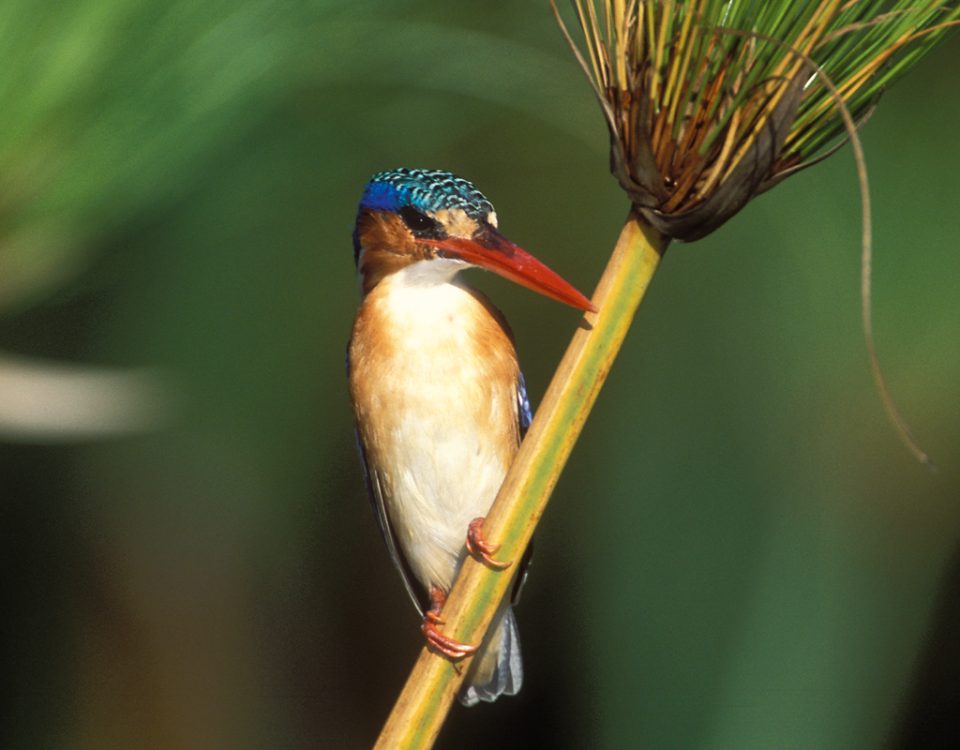July 18, 2016
Lizards underfoot, lizards overhead, lizards everywhere. But not to worry, they eat bugs, not humans. So why lizards when your goal is to see lion, elephant and rhino? Because before you’ve laid eyes on your first African elephant, you’ll probably have seen at least three kinds of lizard.




















